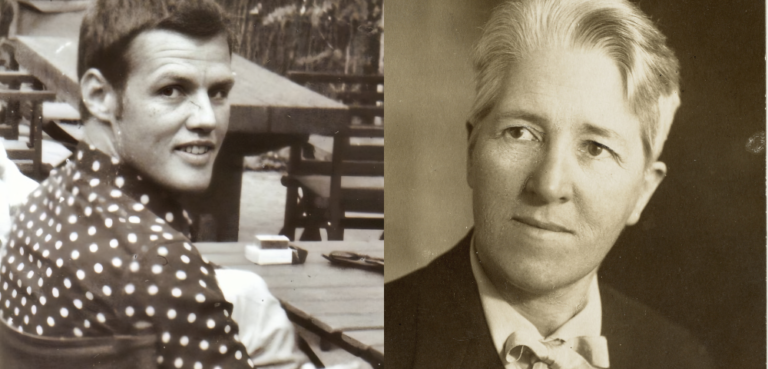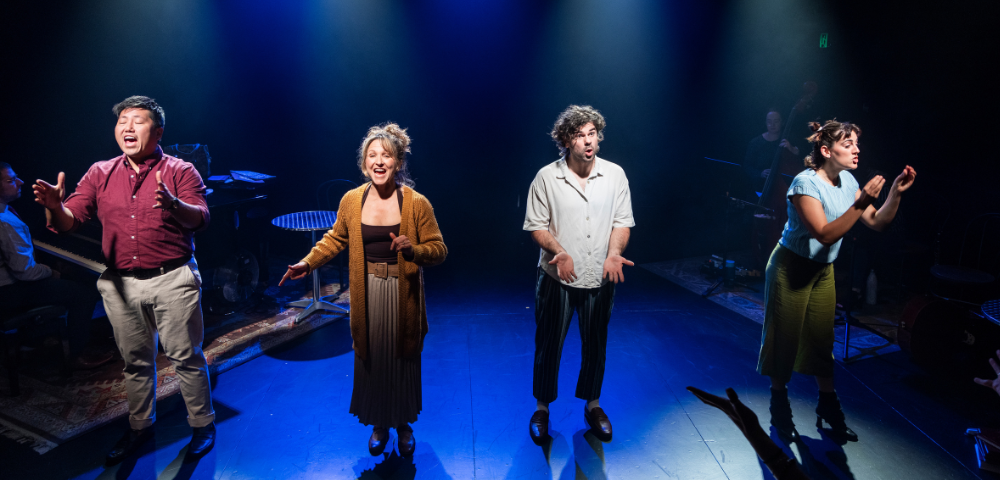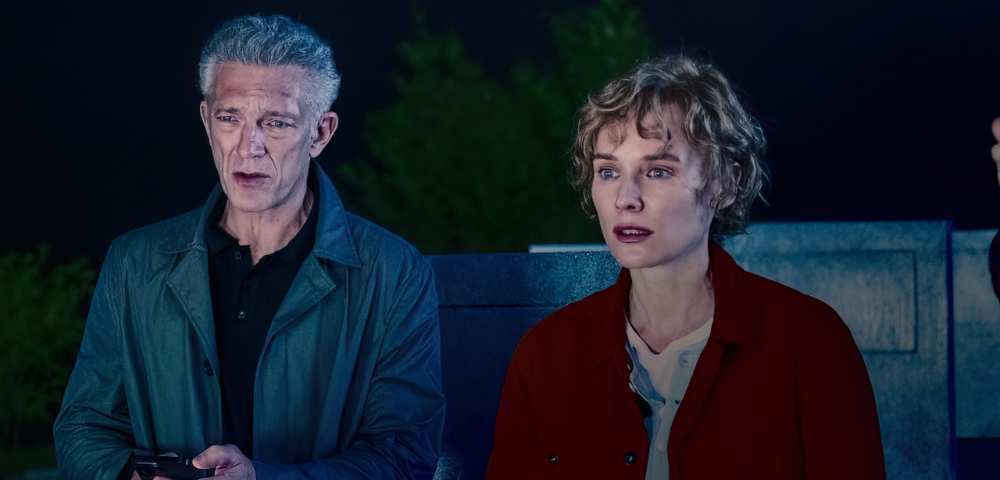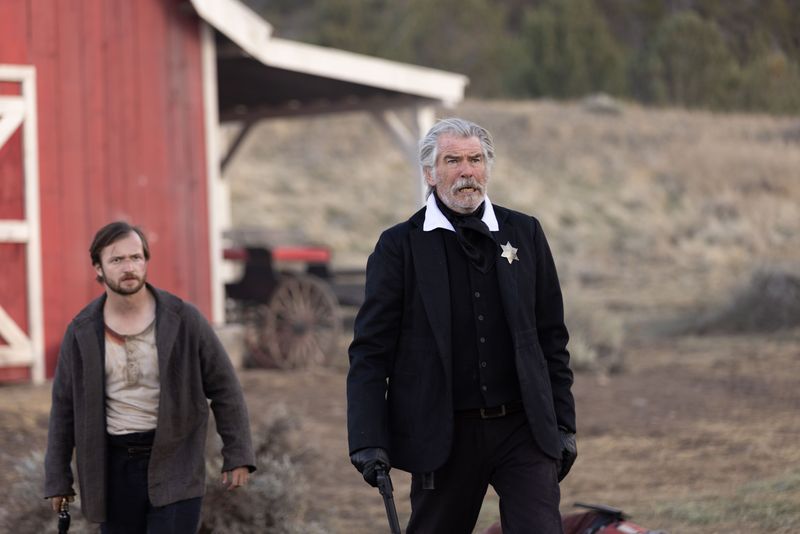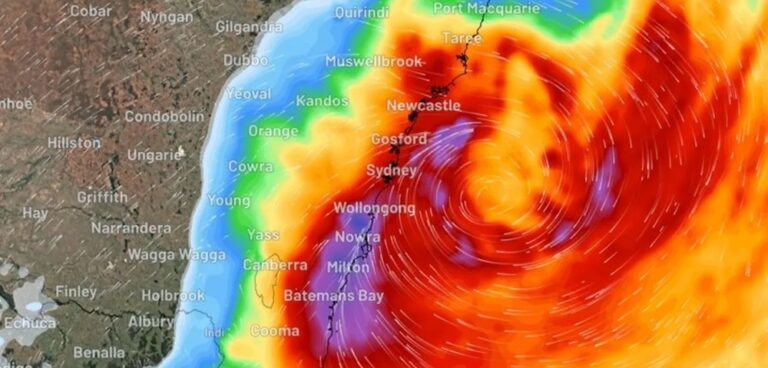
TALKING THROUGH YOUR ARTS – BORN TO CONCRETE

Concrete poetry is a literary movement that sprang from explorations of visual semiotics in Germany and Brazil in the 1950s. It places verbal elements, graphical effects, sculptural interplay of letters and words through bold typography, colouration and repetition.
Concrete poets use typewriter fonts, stencils and other means to sculpt poems with unusual and inventive typefaces. In a way, it can be described as poetry of social reaction where the ethics and aesthetics of the practice are bonded in metaphysical wordplay.
The means of creating poems has changed over time and discovering aspects of the visual heritage of Australian poetry is now in the verbal manipulations of an engaging exhibition.
Born to Concrete adopts the title of the first Australian concrete publication of the same name. Presented by the Queensland University and Heide Museum of Modern Art, the collection lines up seminal poet experimentations from the mid-1960s. Heide itself has a literary history with the founder John Reed who was the publisher of Angry Penguins, and his adopted son Sweeney growing up to become a concrete poet and poetry publisher.
These poets’ compositions are placed together in a meaningful arrangement displaying a number of independent elements.
Born to Concrete is not an extensive presentation of all the works collected by the two institutions, however it documents the beginnings of an art movement.
Works by celebrated contemporary artist Vernon Ah Kee convey historical contexts with a sense that words cannot be trusted, and Mike Parr has an early work that takes on a conceptual approach with emotive ideological characters on paper.
The selection has arrangements from Sweeney Reed, Alex Selenitsch and Alan Riddell with one female poet installed, Ruth Cowen.
The State Library displays work from its collection by Richard Tipping, who was invited to create a concrete poem, Born to Concrete, now installed at the Mitchell Library staircase.
Tipping also had a work entitled Start, shaped as an octagonal stop sign taloned into the coastal rocky ground, at the mid-way point of Sculpture by the Sea. Tipping’s work uses the symbolic presences of the everyday mixed with wordplay to create a paradox that flows through the eye, opening up the reader’s inner ear and speech.
A lecturer at the University of Newcastle on media and communications, Tipping is a prominent literary voice in visual poetics and will be conducting an artist talk in February next year. (AS)
Artist Talk: Richard Tipping, Feb 4, Metcalfe Auditorium; Born to Concrete, until Feb 16, State Library of NSW, Macquarie Street, Sydney, free, 9273 1770
BY ANGELA STRETCH



